📌 TL;DR
- What you’ll learn: how motorsport moved from patents and country roads to Monza and Monte Carlo, the key early dates, and what to watch for as a new fan.
- One myth-buster: the “first race” is a little fuzzy — the Paris–Rouen 1894 event was a reliability trial rather than a pure sprint, but it’s where organised competition began.
- Where to start watching: pick one spectacle — Monaco or Rally Finland — and learn three things to notice (line choice, braking, and overtaking attempts). We’ll get to that.
Motorsport Timeline The Cliff Notes (1886 → Now)
1886 Benz Patent-Motorwagen
1887 — Early experiments & first small races
1894 — Paris → Rouen (22 July)
1895 — Paris → Bordeaux → Paris
1903 — Gordon Bennett Cup (Ireland)
1906 — Targa Florio launch
1907 — Brooklands opens
1911 — Indianapolis 500 inaugural
1923 — 24 Hours of Le Mans begins
1927 — Mille Miglia & Nürburgring
1948–1950 — Post-war rebirth & Silverstone
1950s–1960s — Technical revolutions
1959–1960s — Daytona & US endurance scene
1960s–1970s — Sponsor & commercial era
1973 — World Rally Championship founded
1977–1980s — Turbo era & regulations
1980s–2000s — Endurance tech & manufacturer arms races
2014 — F1 hybrid era begins
2021 — Rally & other series adopt hybrid rules
2026 — Next F1 sustainability milestone (planned)
Why Motorsport Began — Short Answer
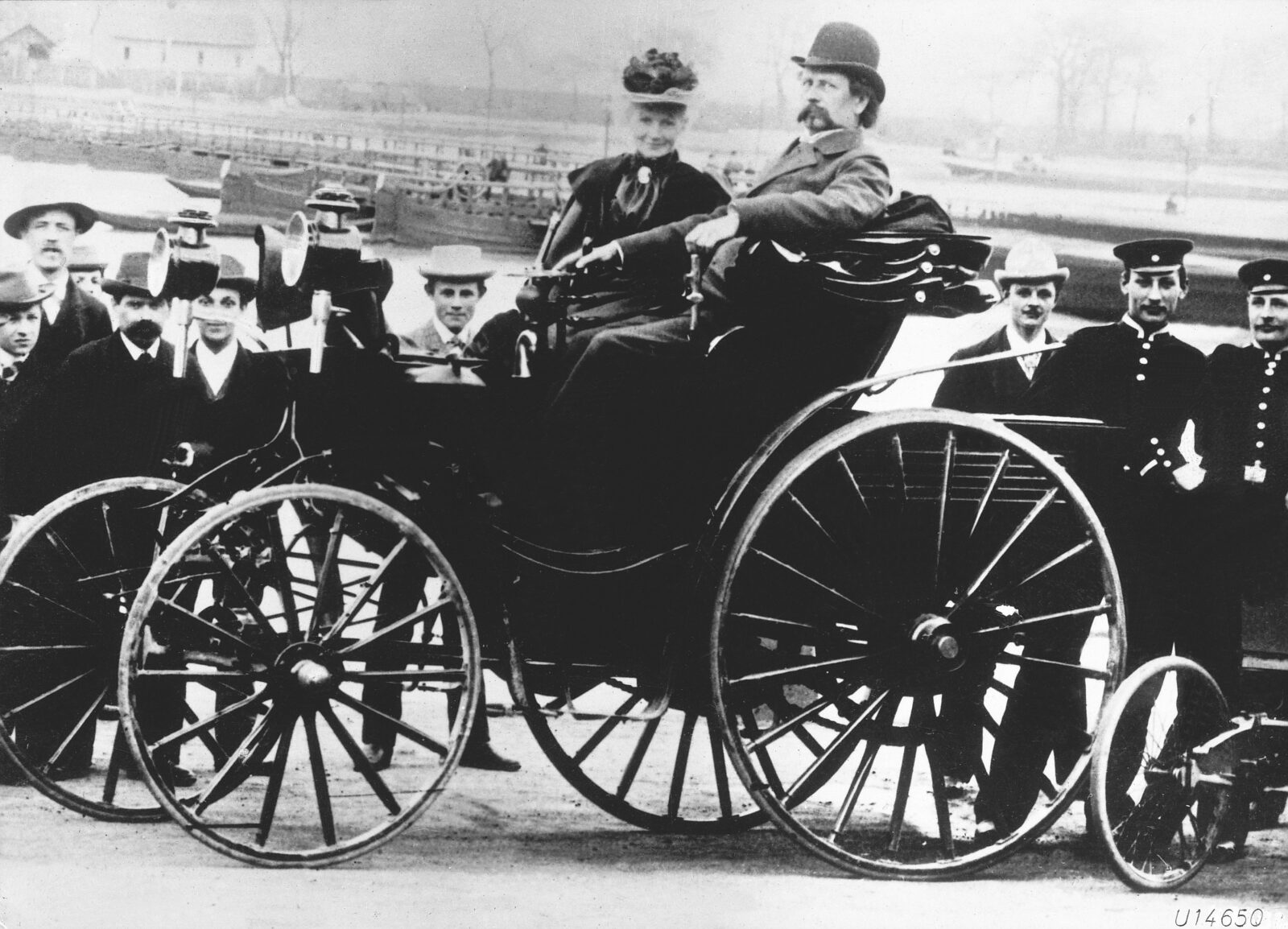
The First Cars & The Benz Story (pithy Fact-box)
- Patent-Motorwagen — the name used for Karl Benz’s early cars; think “prototype that changed everything.”
Bertha Benz? (She's in the picture above) Was The First Test Driver
The Earliest Competitions — Trial Vs Race
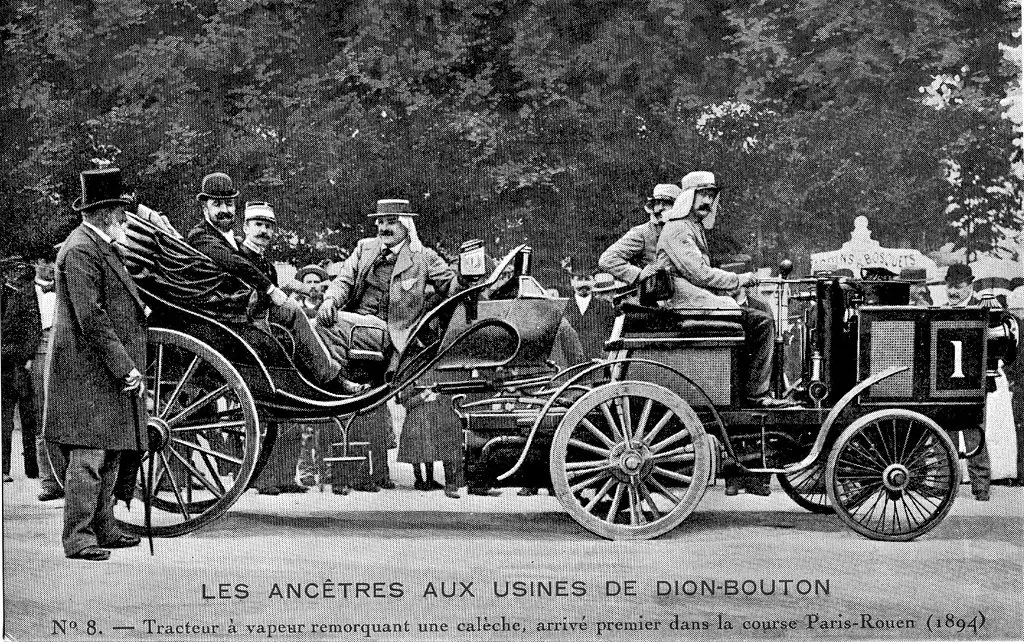
-
Paris–Rouen, 22 July 1894:
The event is the first automobile competition. It was framed as a trial for reliable motor vehicles — speed mattered, but practicality mattered more.
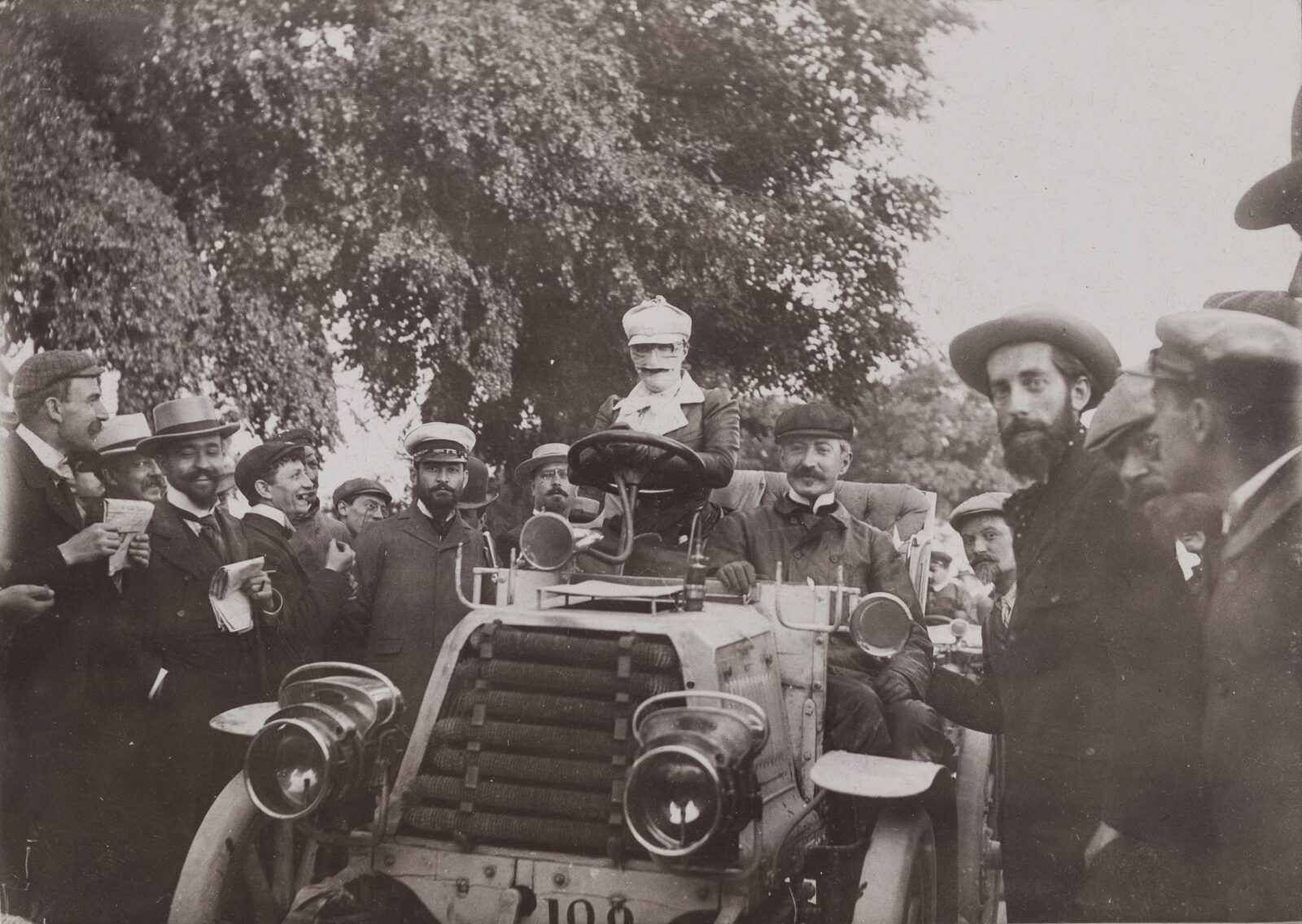
-
Paris→Bordeaux→Paris and others, 1895
As engineers and drivers got braver, the contests shifted toward longer, faster city-to-city races. These events weren’t circuits; they were brutal tests of man, machine, and weather.
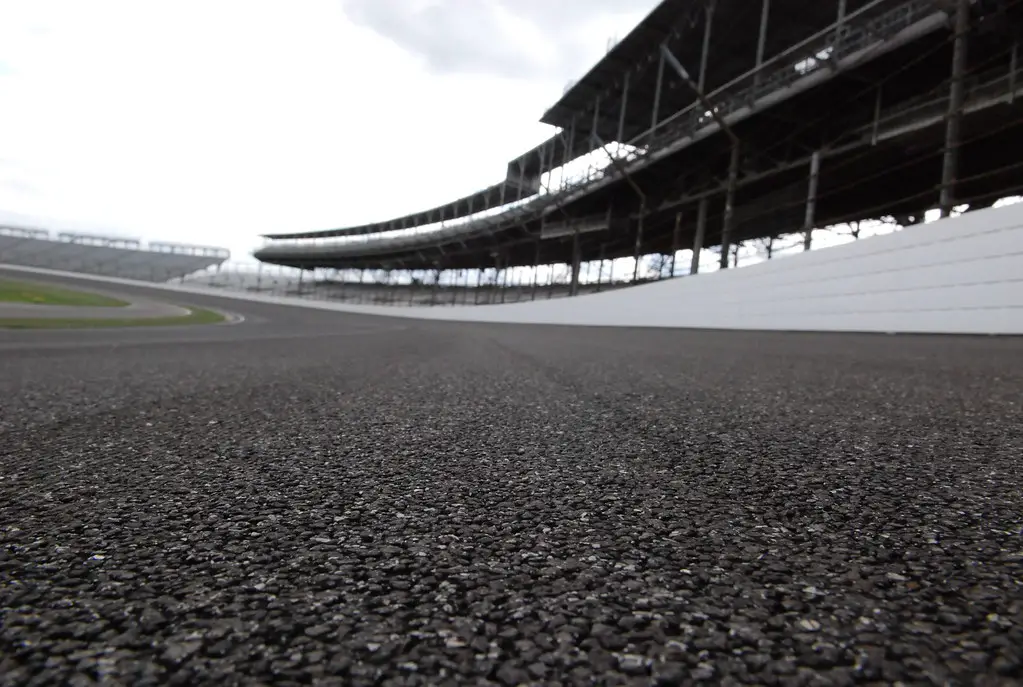
The First Circuit: Racing Left The Open Road And Found A Home
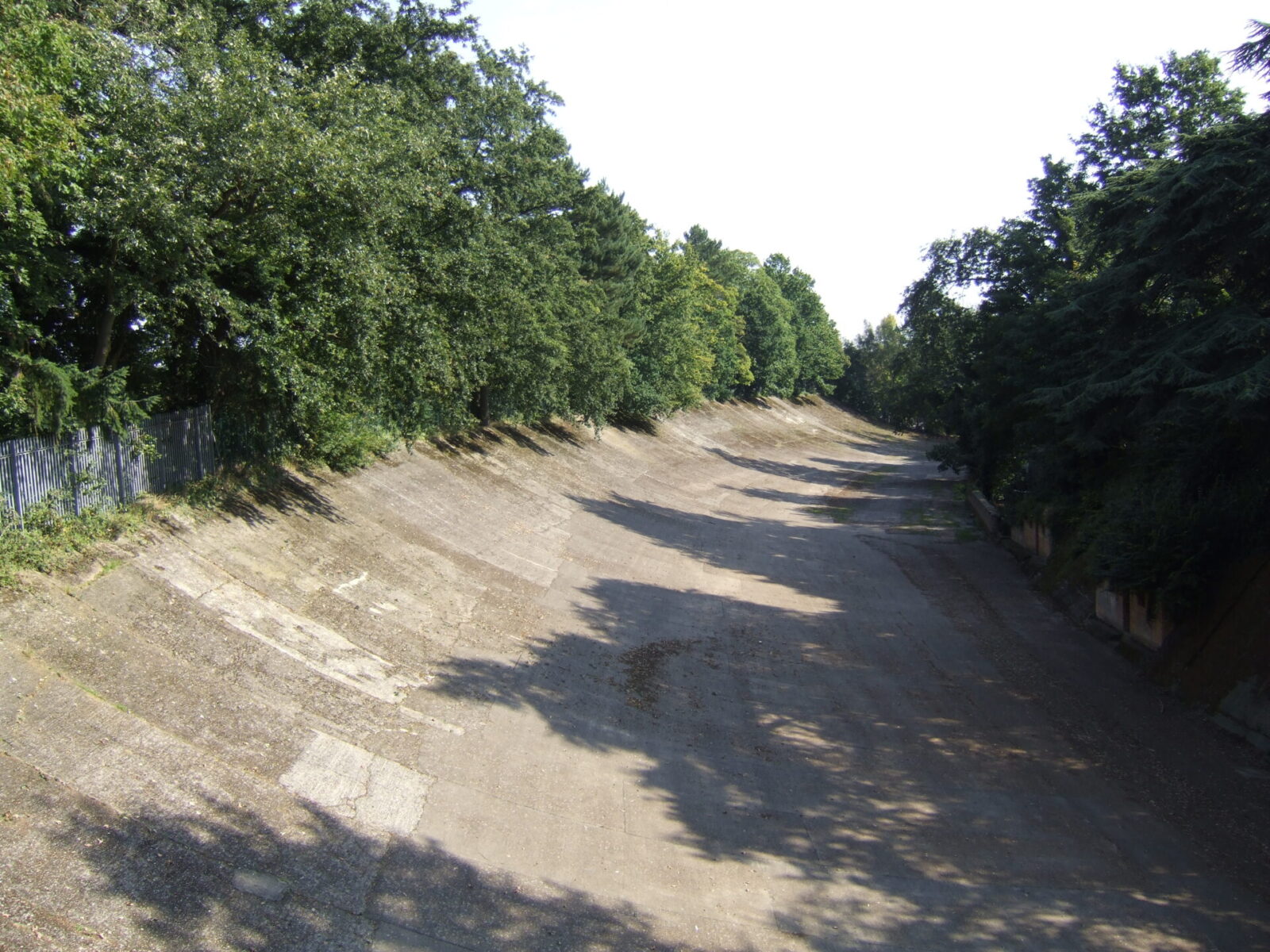
Brooklands (England, 1907)
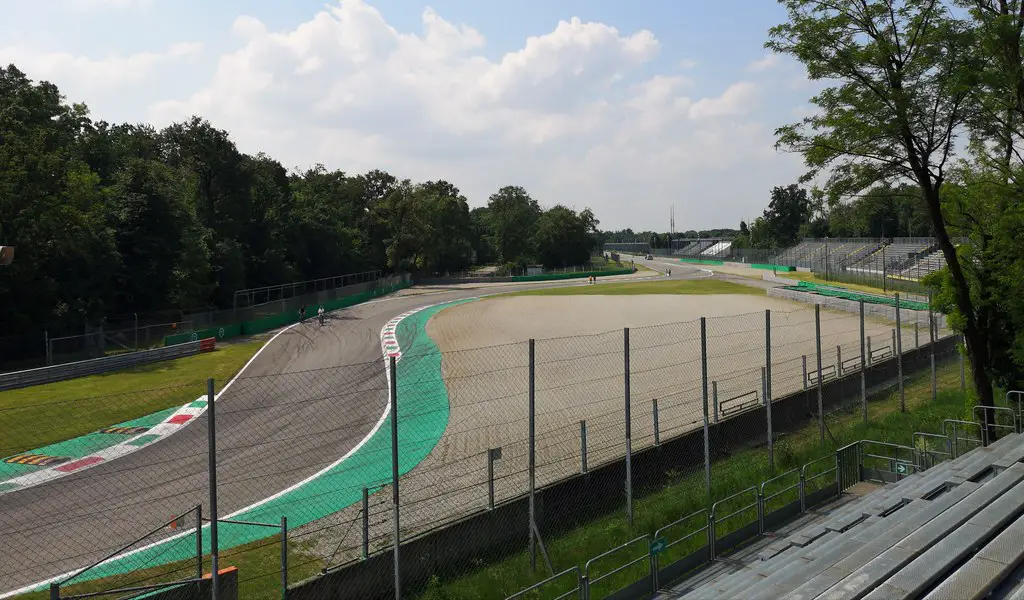
Monza (Italy, 1922
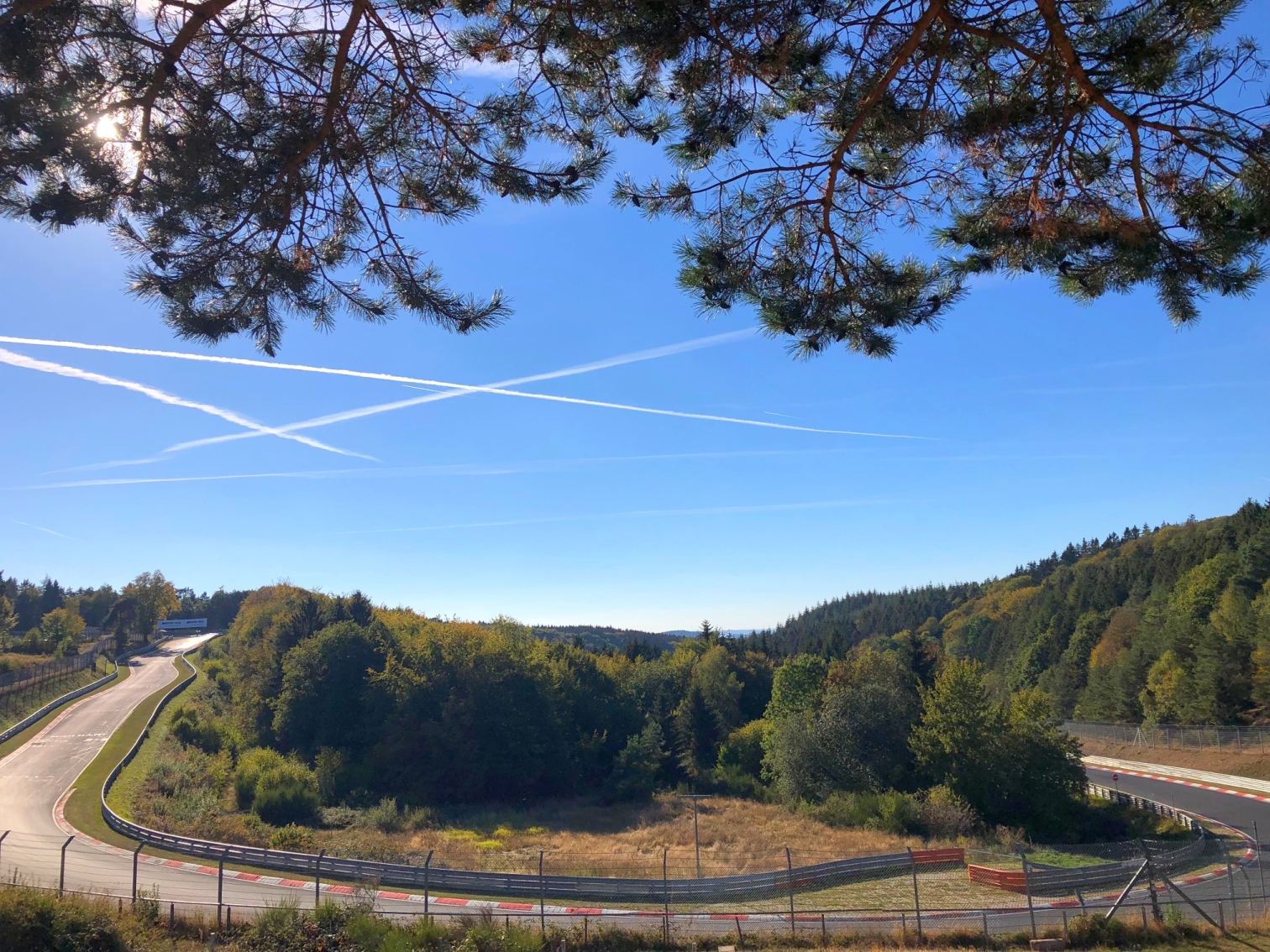
Nürburgring (Germany, 1927)
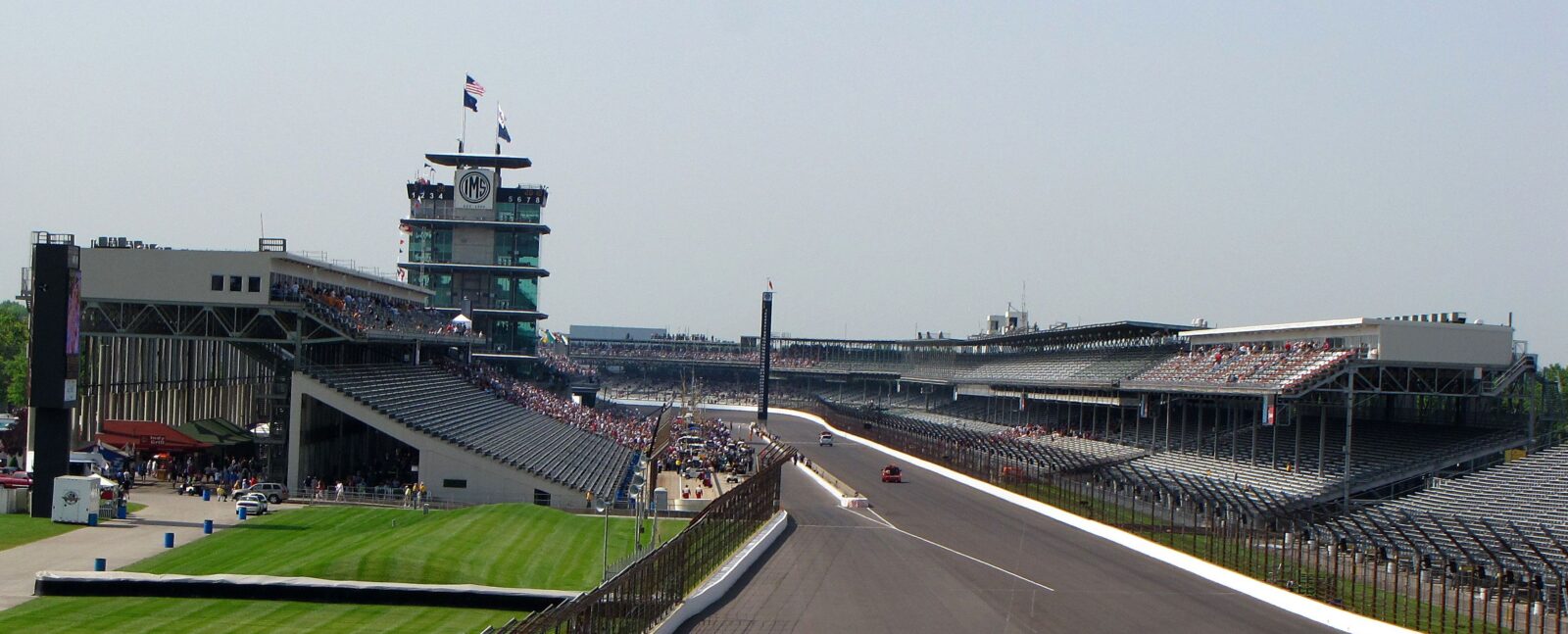
Indianapolis Motor Speedway (USA, 1911)
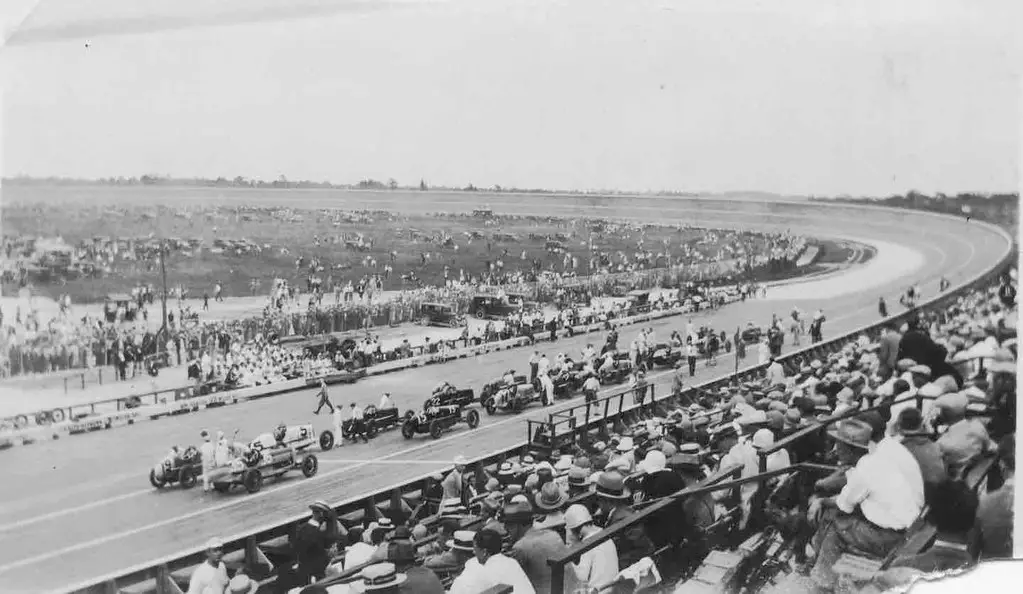
The mirror that changed how drivers saw the track
Big Tech Moments — The Little Inventions That Changed Everything
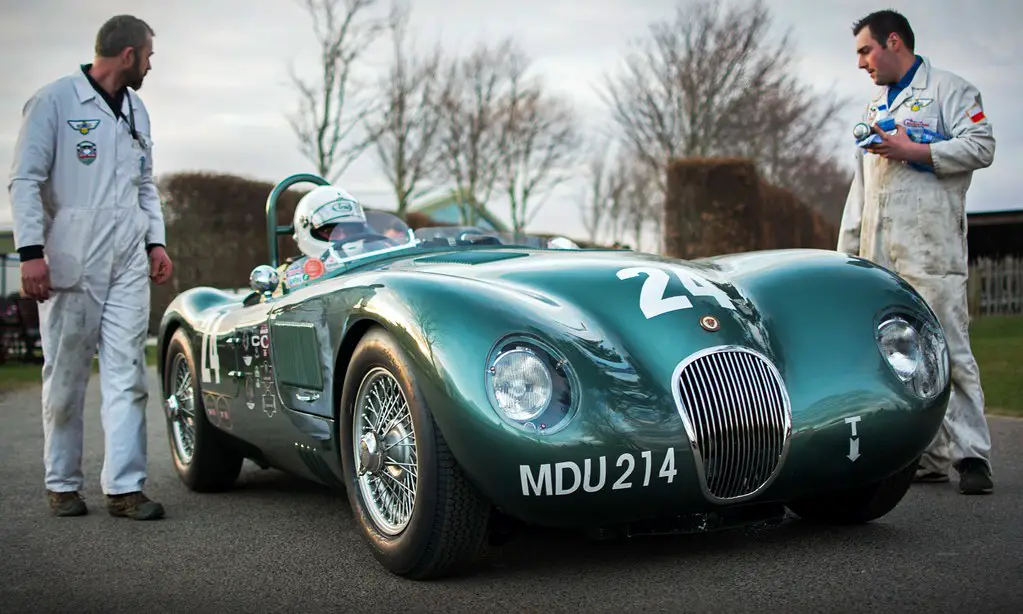
Disc brakes (early 1950s)
Jaguar’s C-Type used advanced disc brakes at Le Mans and showed that repeated heavy stopping could be done reliably — a game changer for endurance and sprint racing alike.
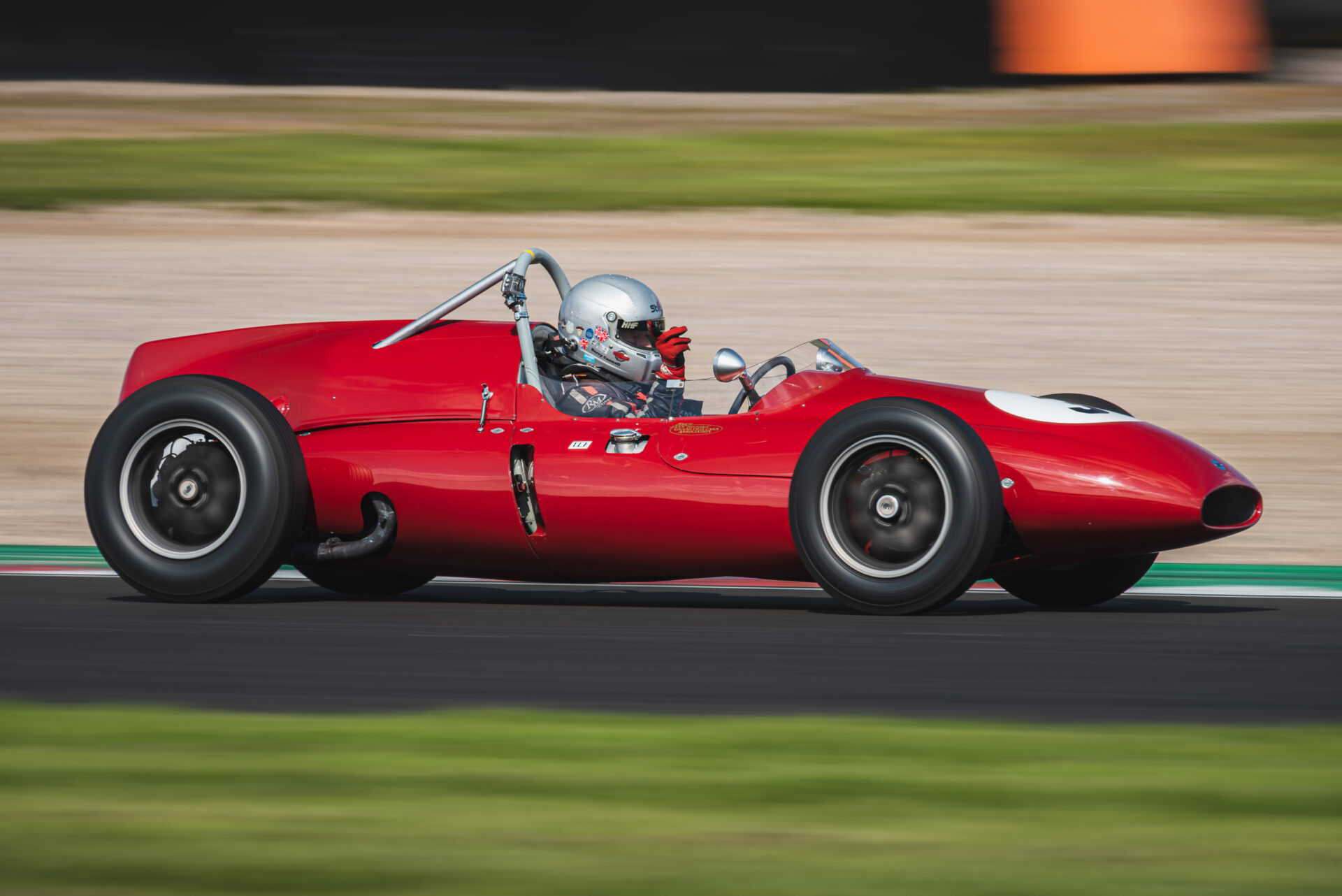
Mid-engine layout (late 1950s)
Cooper’s rear/mid-engine cars (think Cooper T51) proved that putting the engine behind the driver improved handling and balance. By 1959–1960, front-engine Grand Prix cars were suddenly obsolete.
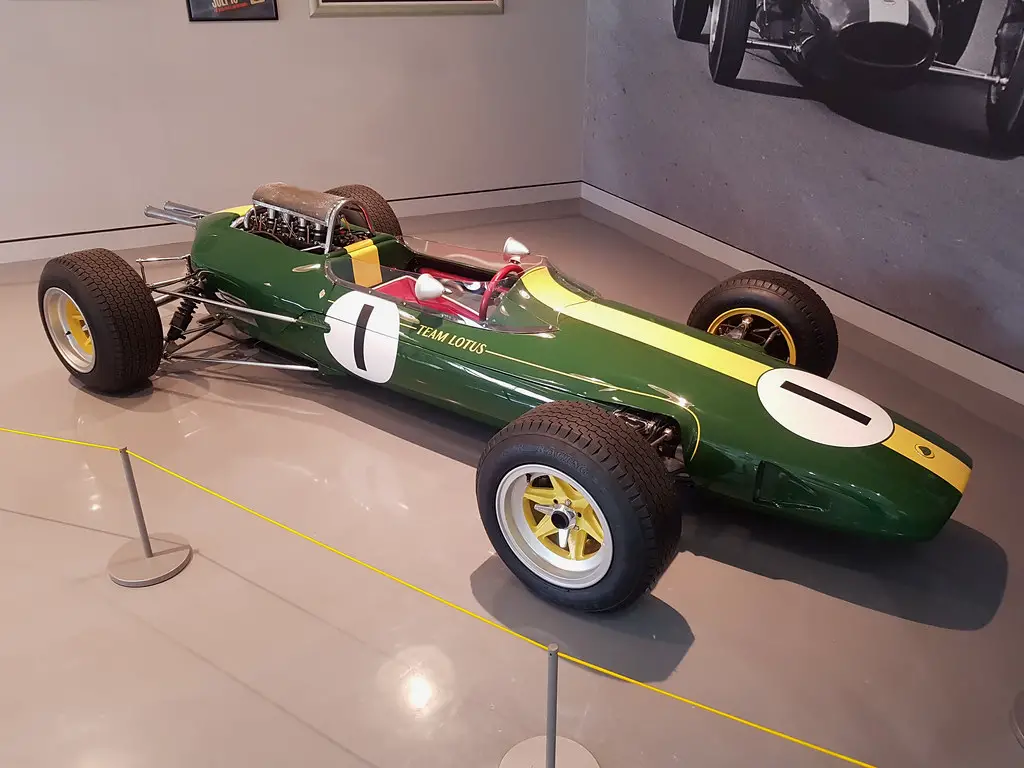
Monocoque chassis (1962)
Colin Chapman’s Lotus 25 introduced the stressed-skin monocoque to Formula 1. It was lighter, stiffer, safer — and set the template for chassis design.
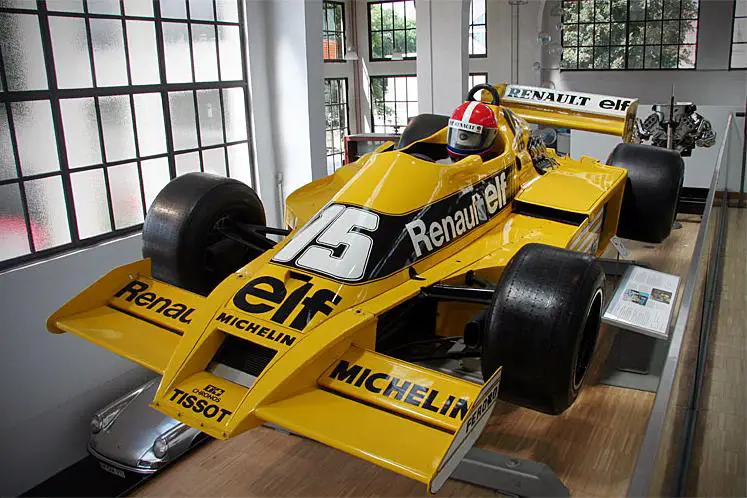
Turbocharged power (1970s - 1980s)
Renault’s RS01 pioneered turbo engines in F1 in 1977. Turbocharging unlocked huge power gains and sparked the high-boost turbo era of the 1980s.
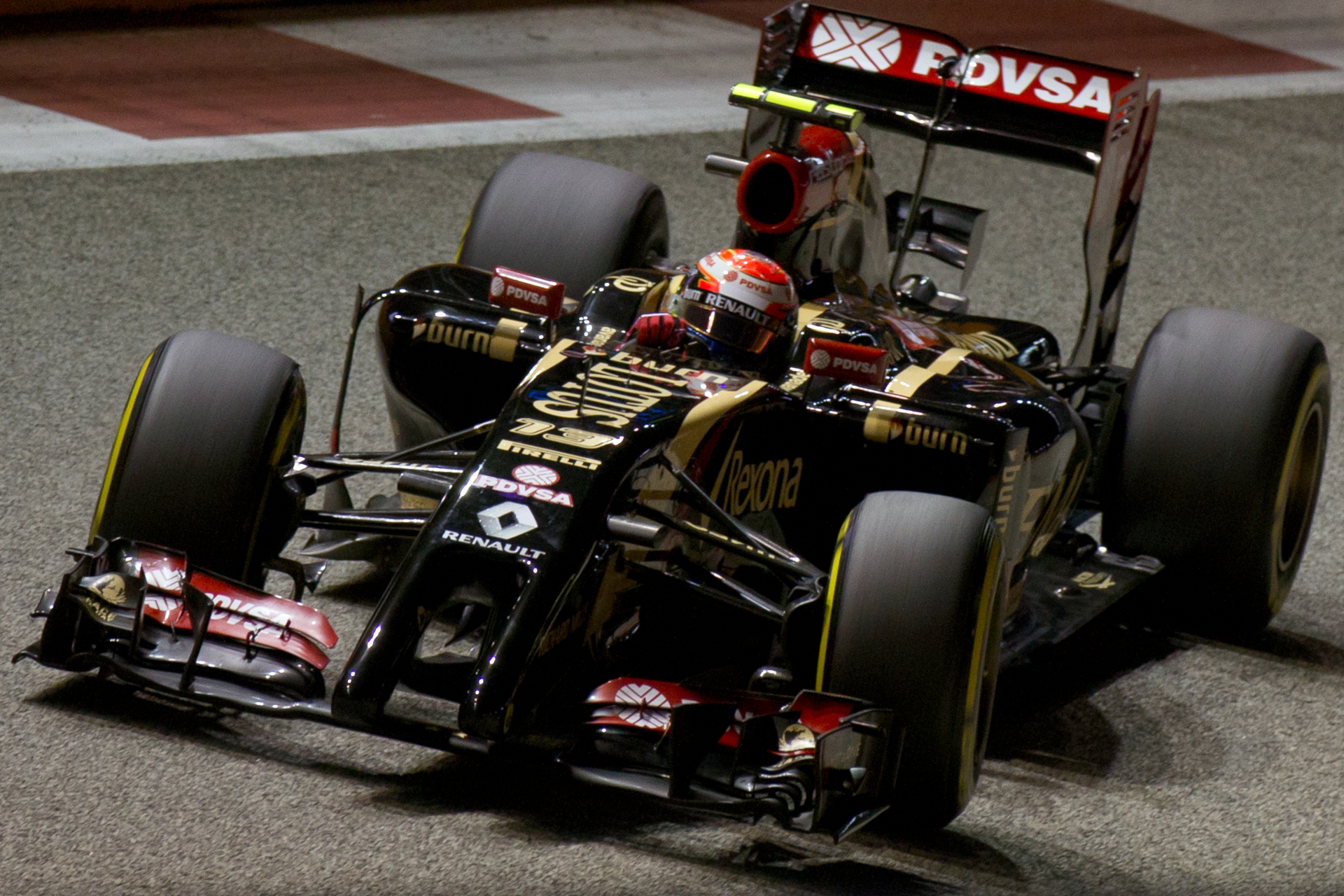
Hybrid era (2014 onward)
Formula 1’s switch to 1.6-litre V6 turbo hybrid power units in 2014, adding ERS (energy recovery systems) that made engines far more efficient — and turned races into strategic puzzles about energy deployment.
Female Pioneers Who Pushed At The Sport’s Edges

Dorothy Levitt (UK, early 1900s)
Was an early media star — a speed competitor and populariser of motoring for women; she raced trials and speed events when most clubs banned women.
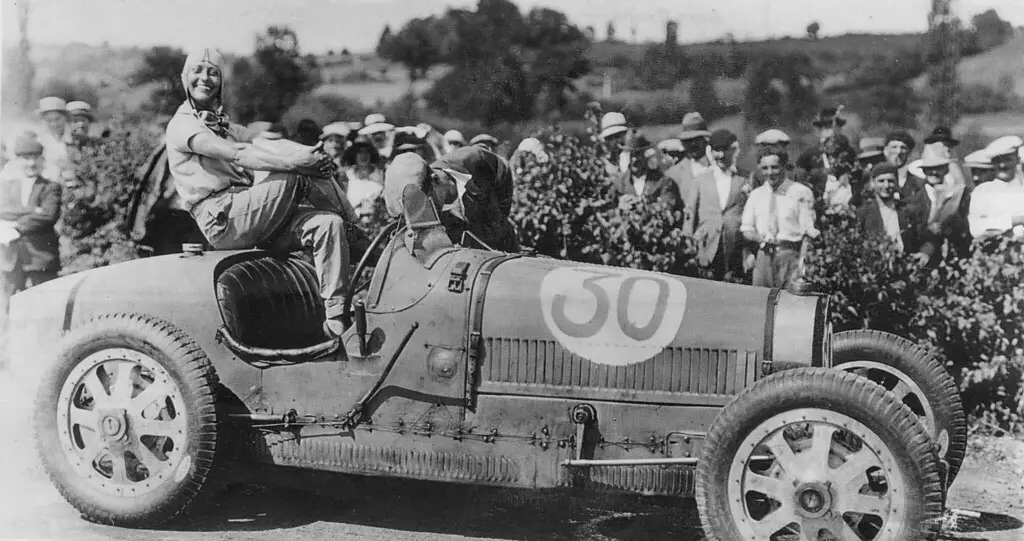
Hellé Nice (France, 1920s–30s)
A dancer turned racer — competed across Europe and became a celebrity on the pre-war circuit, showing that charisma and courage mattered as much as money.
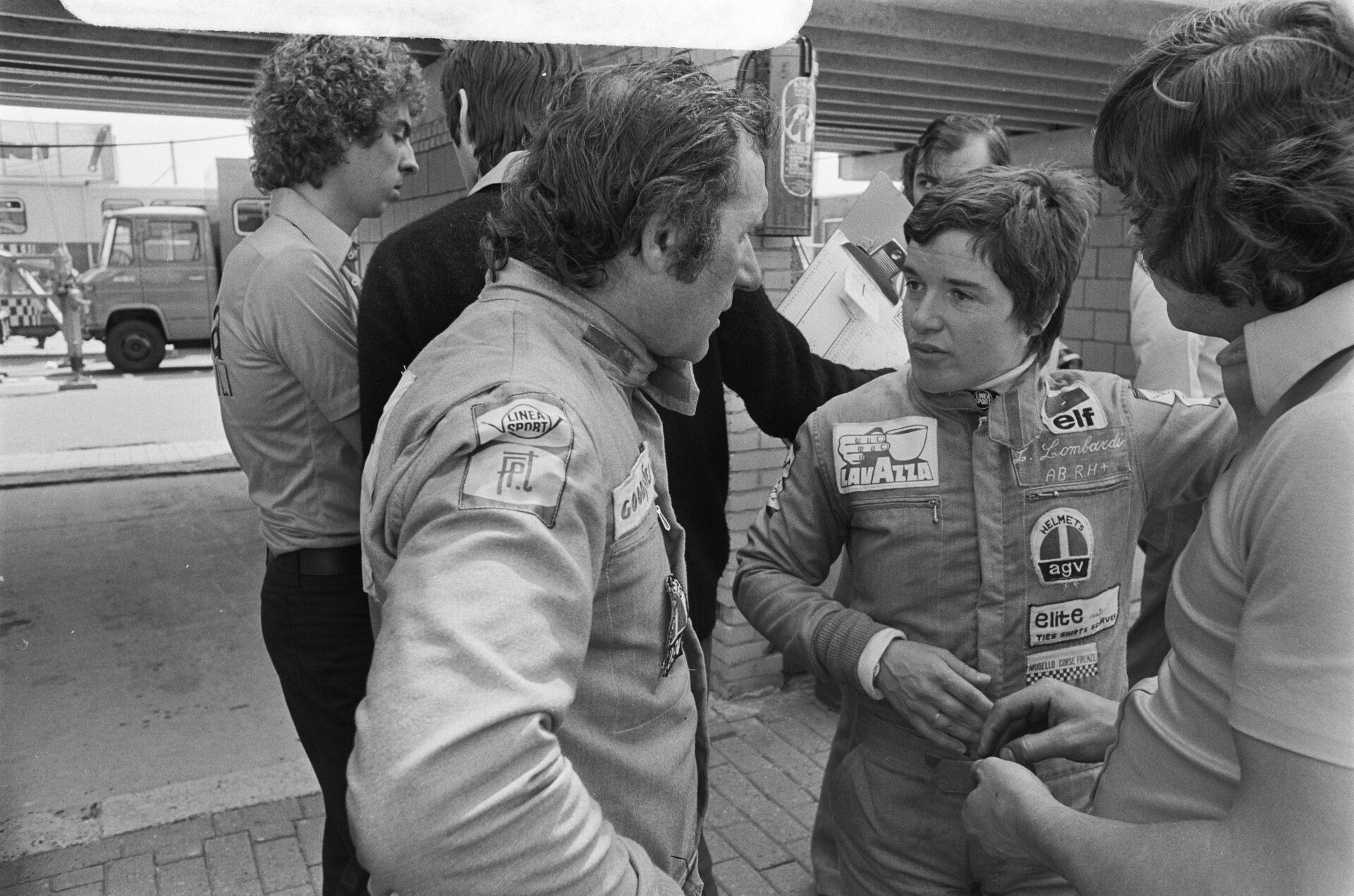
Lella Lombardi (Italy, 1970s)
Remains the only woman to score World Championship F1 points (0.5 points at the 1975 Spanish Grand Prix).
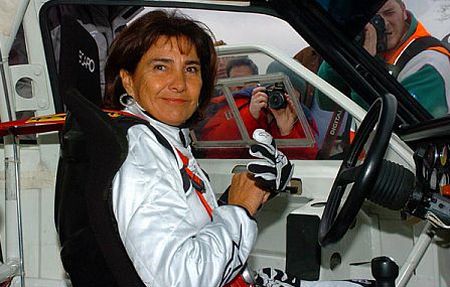
Michèle Mouton (France, 1980s, WRC)
The most successful woman in top-level rallying; she won the 1981 Rallye Sanremo and pushed Audi’s Quattro programme to new heights, proving a woman could win at the very top of the sport.
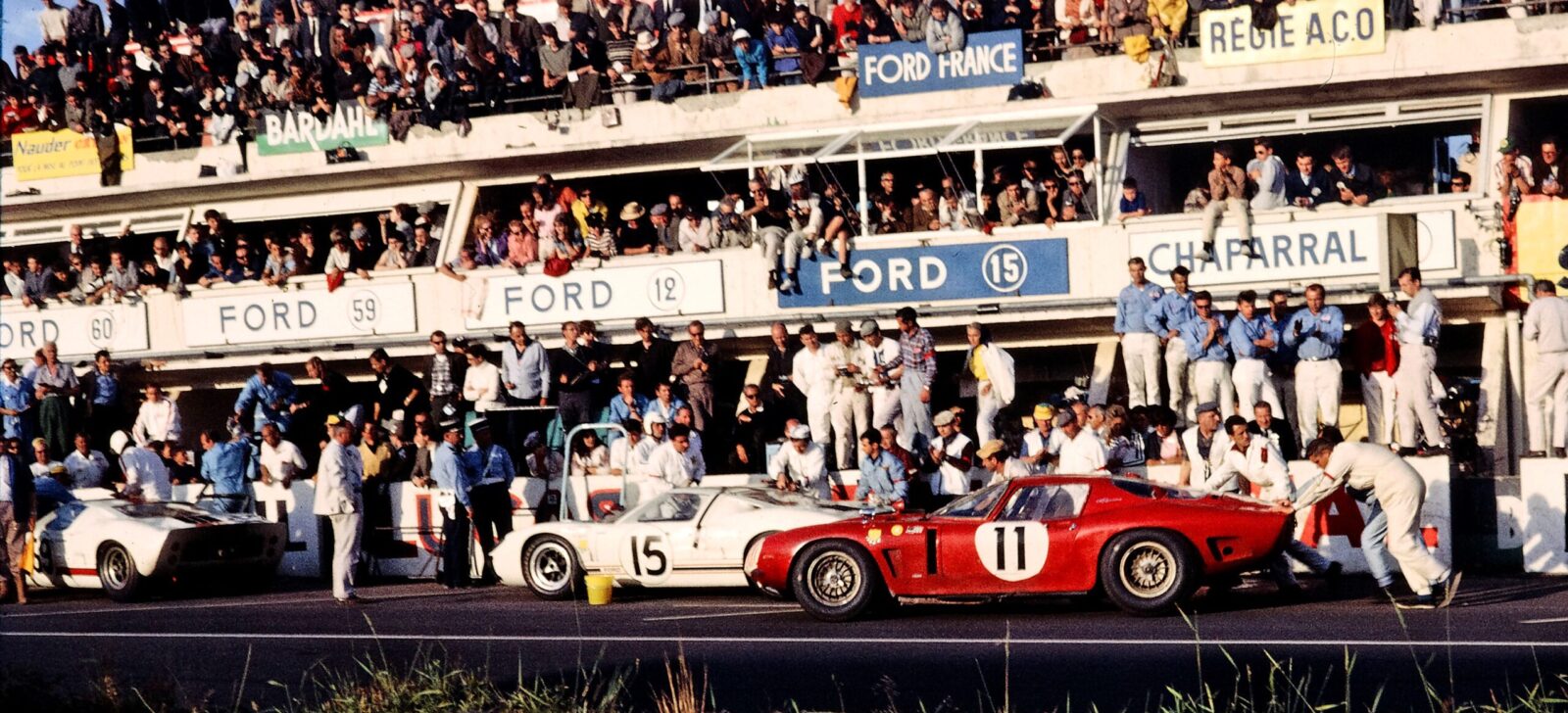
How World War II Changed The Sport
Where To Watch — Quick Starter Pack (no Overwhelm)
- Formula 1: Official streaming and extras are on F1 TV (F1 TV Pro / Access). It has onboard cams, team radio, replays, and archives — great for deepening your understanding quickly.
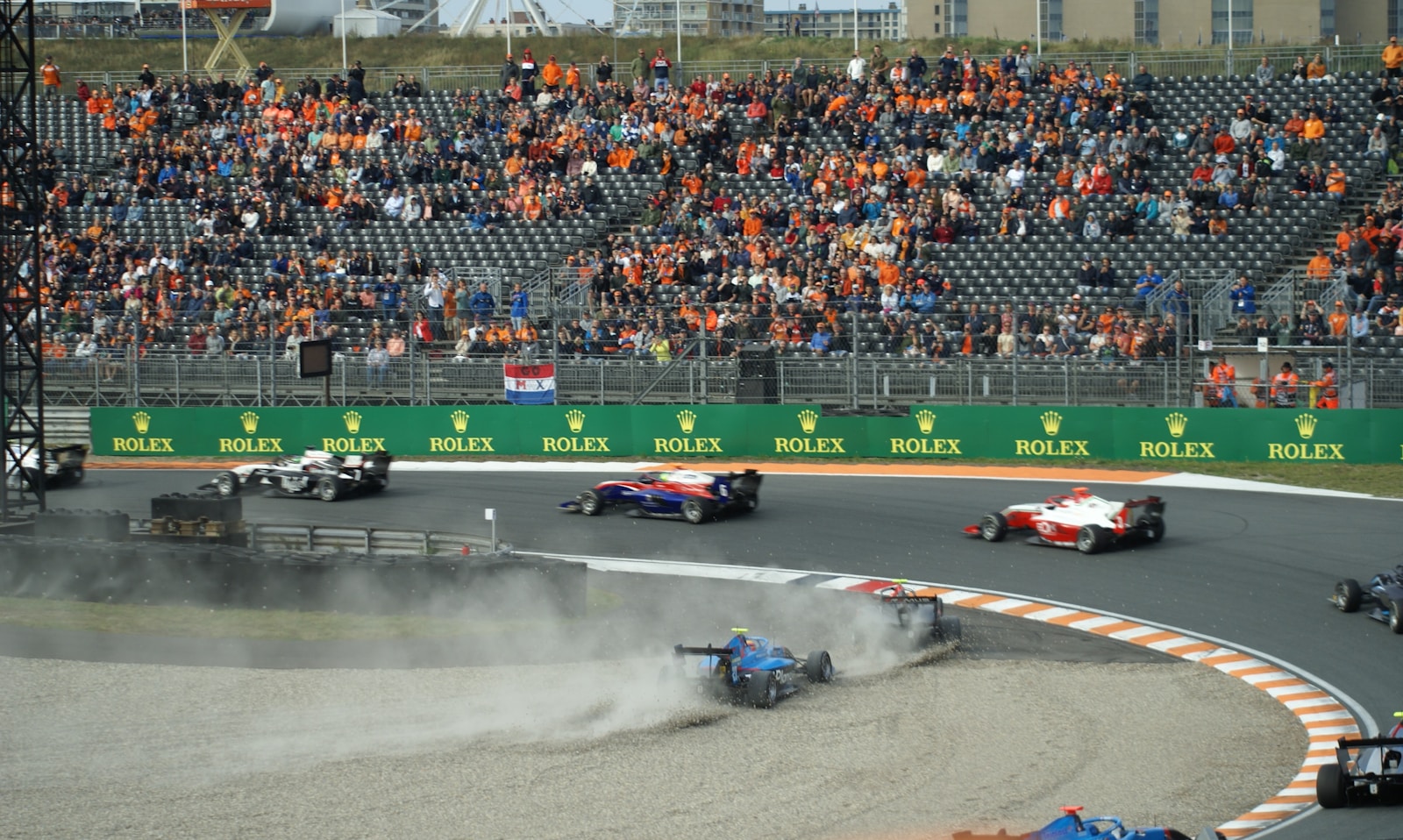
- Rally (WRC): WRC.com lists events and news; WRC+ and services like Rally.TV offers live stages and highlights — ideal for seeing entire stage runs and onboard action.
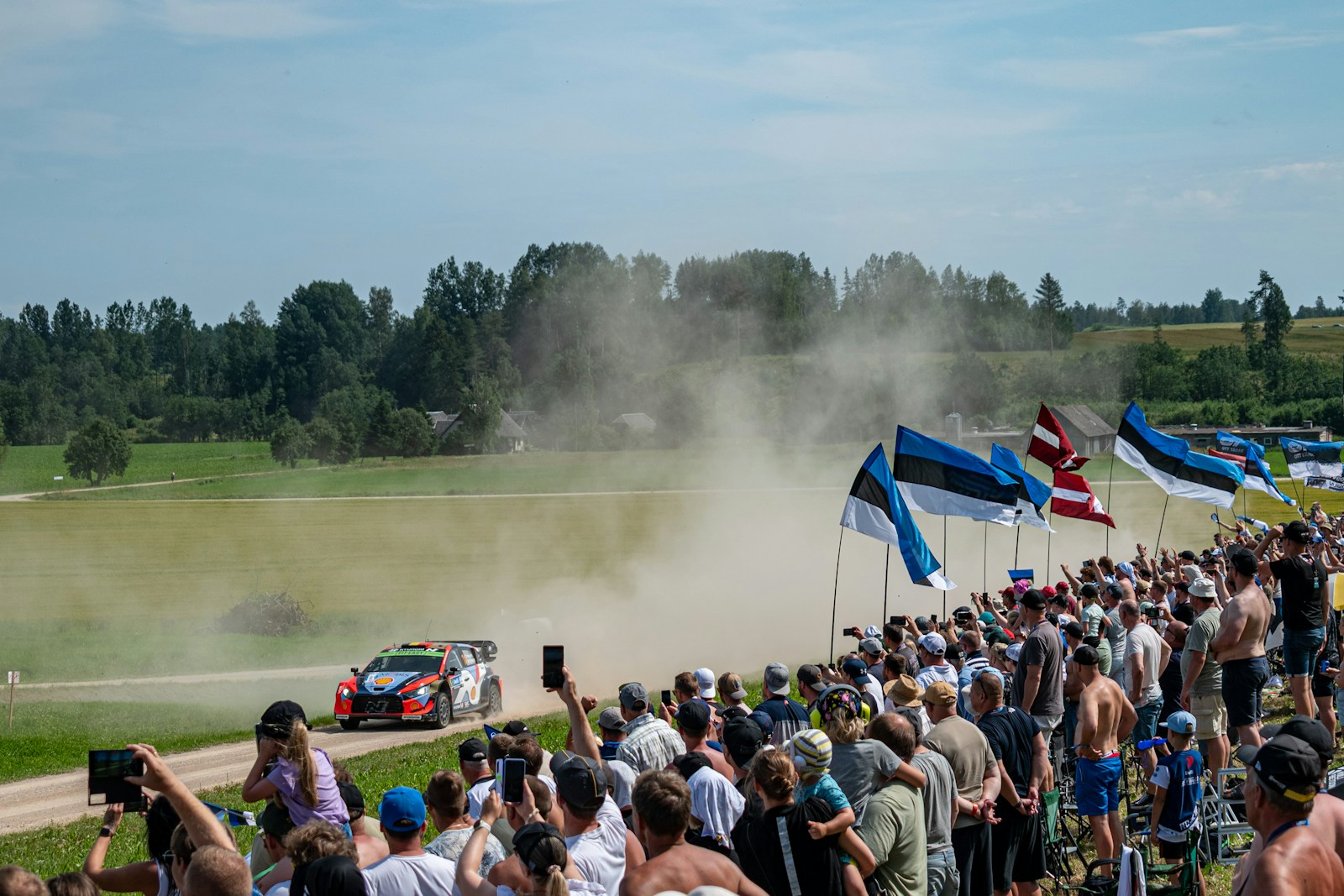
Something else?
- Monaco GP (F1): classic street circuit — watch precision, qualifying drama, and why track position matters more than raw power.
- Monza (F1): the Temple of Speed — pay attention to slipstream battles and who gains on the long straights.
- Rally Finland (WRC): famous for high speeds and big jumps — notice how drivers use rhythm and pacenotes to hold control on blind crests.


